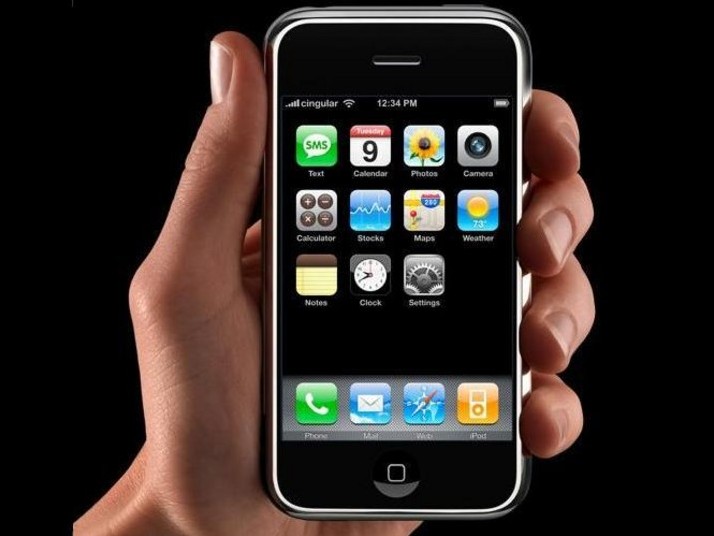
Apple is in trouble with Greenpeace again - this time for using environmentally-damaging chemicals in the iPhone.
Greenpeace said it discovered high levels of brominated fire retardants (BFRs) in the iPhone, along with plasticisers in the iPhone's headphones that have been banned for use in UK toys.
"Steve Jobs has missed the call on making the iPhone his first step towards greening Apple's products," says Greenpeace campaigner Zeina Alhajj. "It seems that Apple is far from leading the way for a green electronics industry as competitors like Nokia already sell mobile phones free of PVC.
"Apple needs to re-invent its iPhone...in green. The company needs to design out all hazardous substances and materials from its products so that a real solution is found for the growing mountain of e-waste.
"Whether the iPhone model due for European release in November 2007 also relies on brominated internal components and PVC is a question Steve Jobs needs to answer."
iPhone hazards
In its report "Missed Call: iPhone's hazardous chemicals," Greenpeace reports the following findings:
- All components tested appear to be compliant with the requirements of the EU RoHS Directive, to the extent that 1) no cadmium or mercury were detected, 2) lead and chromium were detected in a small proportion of samples and at relatively low concentrations and 3) there was no evidence for the presence of the most toxic and regulated form of chromium (chromium Vi) in a range of other metal-plated components tested.
- However, half of the components analysed did test positive for bromine, in three cases at over 1 per cent of the total surface chemical composition of the material, suggesting continued widespread use of either addictive or reactive brominated flame retardants. Although none of the BFRs covered by the RoHS could be detected in the sample with the highest bromine content (10 per cent by weight in the flexible circuit board of the phone's antenna), and all forms of BFR (even if chemically-bound into polymers) can act as a significant source of toxic and persistent brominated pollutants once the iPhone handset enters the waste stream.
- The presence of antimony in four of the components raises additional concerns. Despite its well recognised toxicity, antimony (often used to enhance brominated flame retardant formulations) is not currently regulated under RoHS.
- A high level of chlorine was detected in the plastic coating of the headphone cables, along with phthalates plasticisers at a total of 1.5 per cent by weight, both characteristics of PVC. Although the use of PVC and phthalate esters is not currently prohibited or even regulated under the RoHS, it is worth noting that none of the four phthalates found in this study are permitted for use in components of toys or childcare articles sold in Europe.
Sign up for breaking news, reviews, opinion, top tech deals, and more.